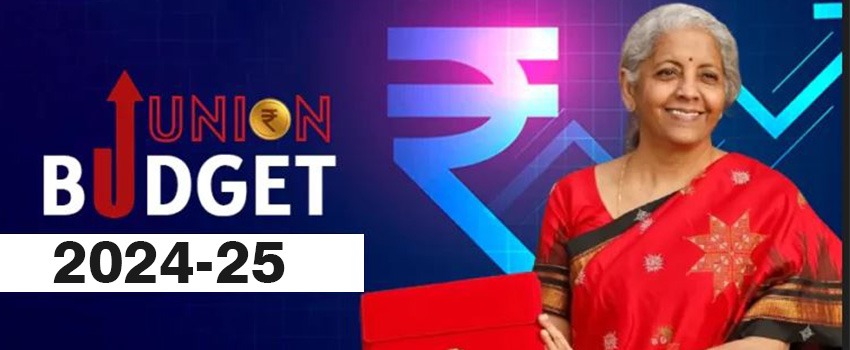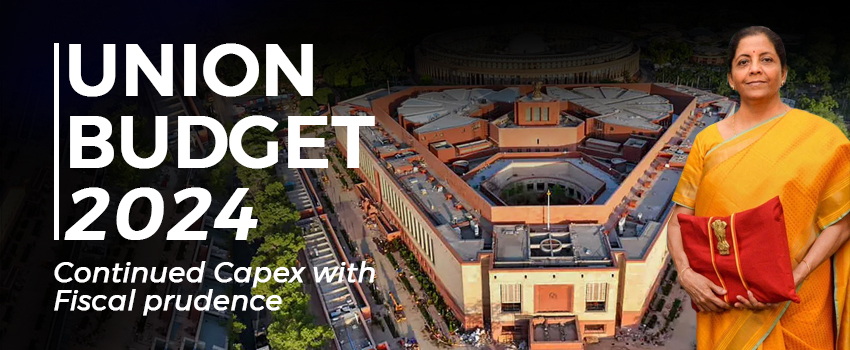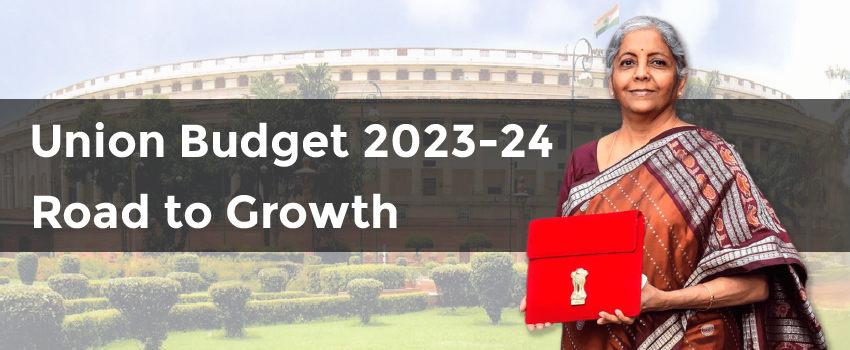Affair between the Stock Market & RBI Monetary Policies
Is it so? So, what do you think, is there actually an affair between the two? Who is the more dominating one? Does a change in one’s mood immediately affect the other? Or are they like the timepass couple, quite indifferent to each other.
Before you think this is like some relationship consulting blog, let me confirm it is purely a financial one. So, let’s get back to our couple- monetary policies & stock market.
Does a slight twist in the monetary policies affects the stocks or is it the other way?
We all probably read in today’s paper that our Finance Minister Mr. Pranab Mukherjee has asked banks to cut interest rates and provide cheap credit so as to boost the economy. This is a way in which cheap credit is made available to the public in hand.
But how does a bank increase credit in our hands? It is here that the RBI comes into picture. The RBI through its monetary policies like Cash Reserve Ratio (CRR), Statutory Liquidity Ratio (SLR) can increase/decrease the credit available to the banks.
Cash Reserve Ratio is a bank regulation that sets the minimum reserves each bank must hold to customer deposits and notes.The commercial banks have to keep this as a deposit with the RBI.
Statutory Liquidity Ratio is the amount which a bank has to maintain in the form:
Statutory Liquidity Ratio refers to the amount that the commercial banks require to maintain in the form of cash, or gold or govt. approved securities. This Statutory Liquidity Ratio is determined as percentage of total demand and percentage of time liabilities. Time Liabilities refer to the liabilities, which the commercial banks are liable to pay to the customers on anytime demand. This percentage is fixed by the RBI.
The objectives of CRR & SLR are:
- To restrict the expansion of bank credit.
- To augment the investment of the banks in Government securities (SLR).
- To ensure solvency of banks.
The Effect on the Stock Market:
Let’s see what happens when RBI increases CRR and SLR.– If RBI decides to increase the percentages of CRR & SLR the available credit at the disposal of the banks goes down. This in turn has an effect on the credit available to the public because they can borrow less. The increased cost of borrowing also hits the borrower.
But how does it affect us as an investor? Due to lack of available credit, we (as in the public) demand less of goods & services, which ultimately has an impact on the profit of companies. It thus, does affect the prices of the stocks too! So, did you see the indirect effect these policy actions of RBI have on the stock market?
It is difficult to predict to what extent or how the stock market will react but it does bring about a negative/positive buzz in the financial community. That is why it is important to keep a track of what is happening to the economy on the whole. It is like a big cycle.
The exact opposite happens when the RBI decides to cut these percentages.
Conclusion:
As far as today’s news article is concerned, getting more credit available in the hands of the public will sure boost the economy.
If you liked what you read and would like to put it in to practice Register at MoneyWorks4me.com. You will get amazing FREE features that will enable you to invest in Stocks and Mutual Funds the right way.
Need help on Investing? And more….Puchho Befikar
Kyunki yeh paise ka mamala hai
Start Chat | Request a Callback | Call 020 6725 8333 | WhatsApp 8055769463










Very informative